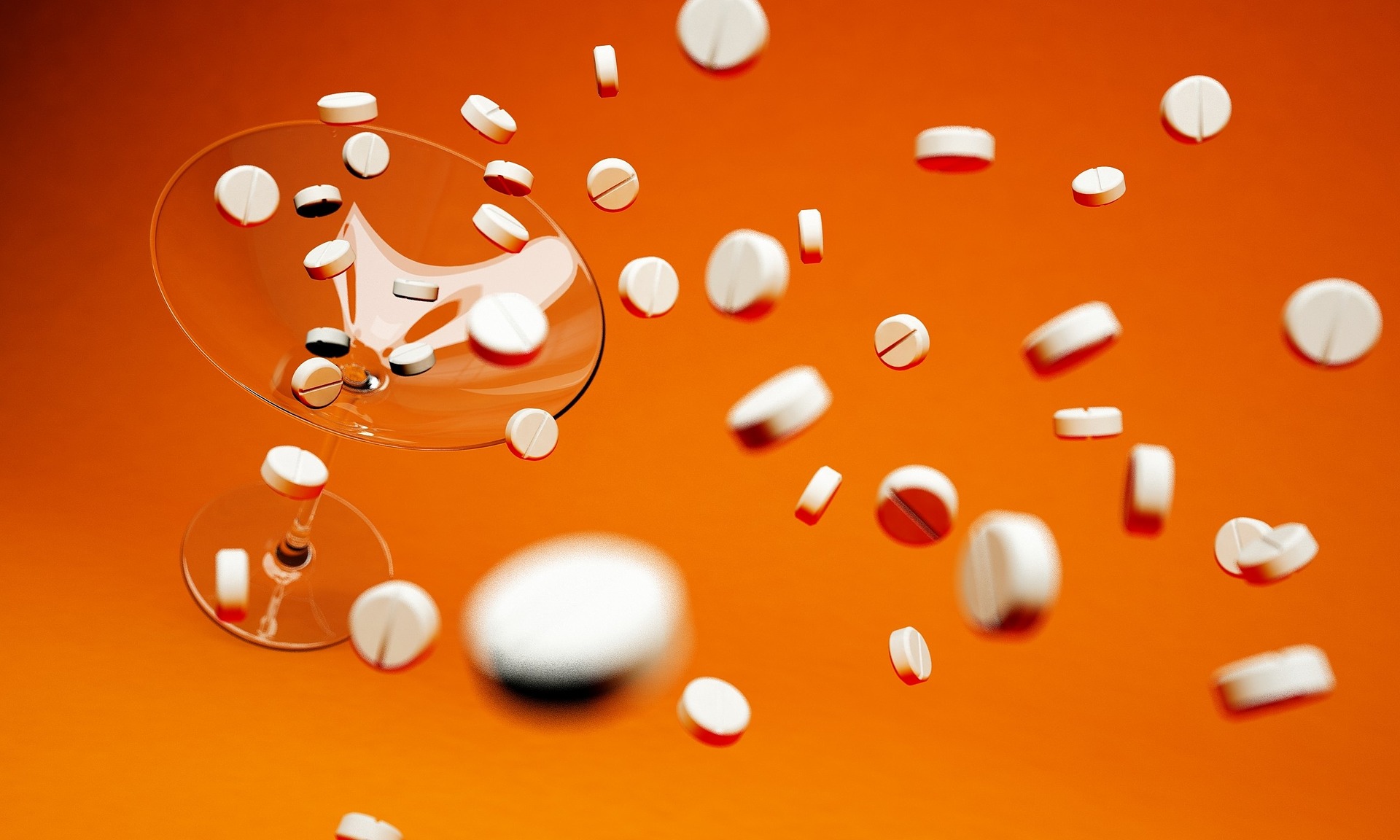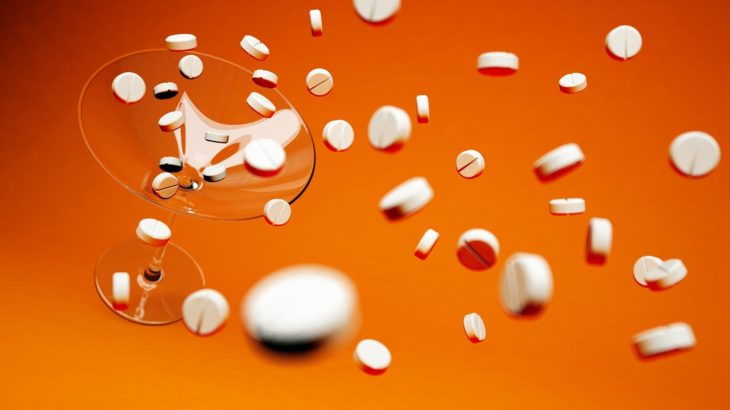Recent strides in pharmaceutical 3D printing has revealed that not only does 3D printing take lesser time to produce, but also the new technique forms unique chemical structures that can potentially treat several ailments more effectively than conventionally manufactured drugs.

As an example, the epilepsy drug SPRITAM Levetiracetam was manufactured using a 3D printing process to produce a porous formulation that rapidly dissolves in liquid. This drug subsequently got an approval from the US Food and Drug Administration (FDA).
This article will detail the unique process and its novelty.
The Novelty of 3D Printing a Drug
As per researchers behind SPRITAM, 3D Printing enables the creation of new molecular structures that can exhibit new and different functionalities. The scientists behind SPRITAM used 3D-Printing to create “unitary porous structures that readily disperse in the mouth in response to a sip of liquid, regardless of size of the units.”
This apparently eliminates the need to swallow the medicine intact.
The researchers have christened their patented 3D printed drug technology as “ZipDose”.
Working Concept
Not only is Medical 3D Printing revolutionizing Pharmaceuticals, it has also attracted attention from several non-medical researchers and engineers, due to the familiar processes of 3D Printing, such as fused deposition modeling or Stereolithography. This would further help scientists translate the conceptual model behind this method to developing mechanical parts.
The ZipDose process used a liquid as the binder for the powder.
- The process comprises of alternatively spreading thin layers of powder and selectively depositing droplets of liquid to bind it (powder) together, building the part vertically and forming each new layer upon the preceding layers.
- The binder material is generally polymers or organic compounds.
- The binder is added to the powder selectively while maintaining a high degree of porosity. In the end, the density of the finished part roughly resembled that of the starting powder in bulk, but at a local level the powder particles became a physically interconnected network.
- The drug formulations and their manufacturing techniques are encoded in the printing machine.
The Uniqueness of 3D Printed Drug
The novelty of a 3D Printed drug is that you could stack a large quantity of drug within the structure of the substance to drastically increase.
As much as 1,000 mg of powder can be stacked into a minute volume due to the structure.
Future of Pharma 3D Printing
Manufacturers are now aiming at establishing large centralized manufacturing units equipped with large, complex 3D-Printing machines under strict regulatory protocols.
These machines would be designed for increased throughput while complying with applicable good manufacturing practices required of pharmaceutical products.
With Pharma 3D Printing companies trying to expand into other fields of medicine including neurology, the prospects of cheap, high-quality drugs and, as a result, better patient care and affordable healthcare, are bright.









